Fascinating Fungi
Fall is the perfect time to get down low and take a closer peek at the stunningly diverse and complex organisms that are fungi
Fungi erupt out of ground and wood in glorious diversity in the fall. Ian Coburn, owner of I.C. Designs in Orangeville and a fungi aficionado, has graciously made available some of his beautiful fall fungi images for this blog.
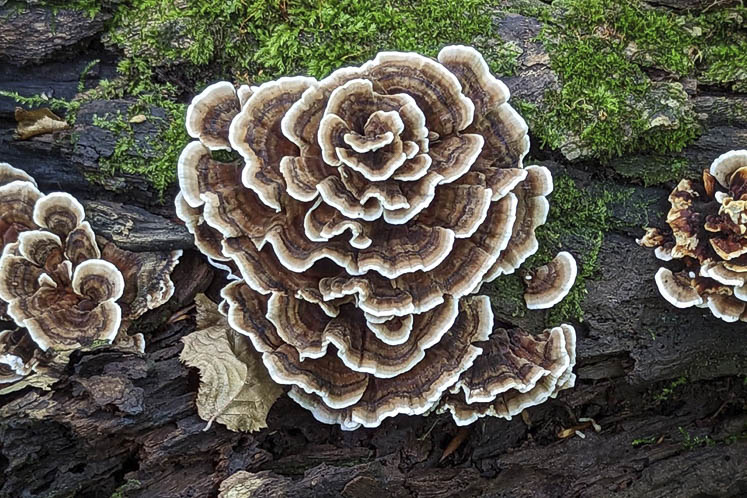
Turkey Tail
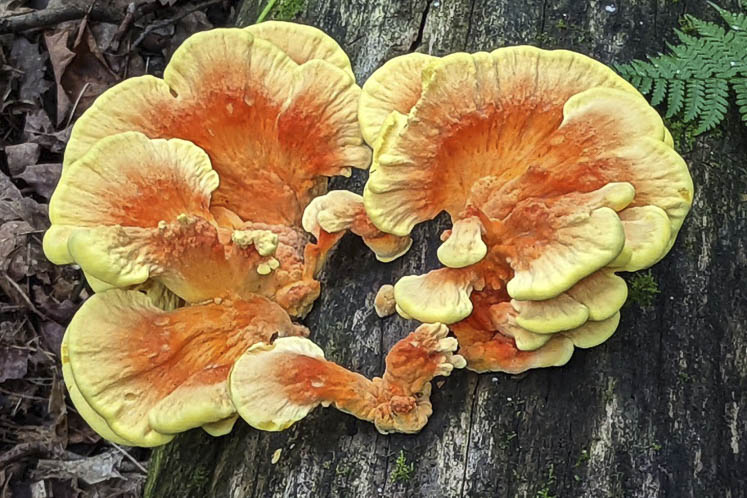
Chicken of the Woods
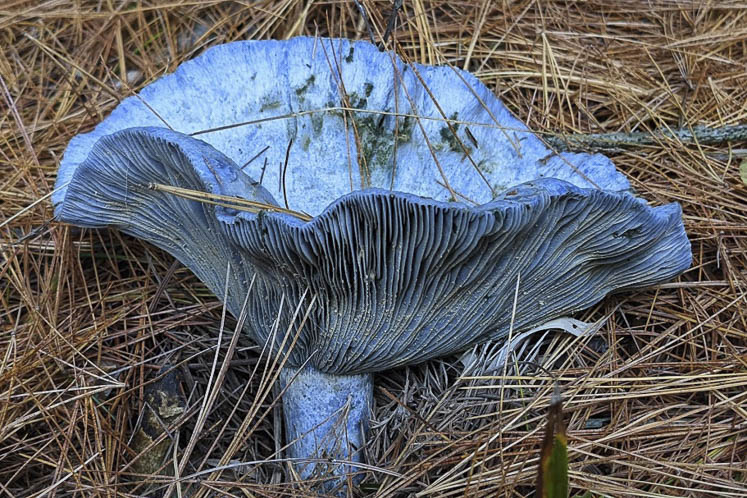
Indigo Milk Cap
The fungi we see above ground are the fruiting bodies of complex organisms made up of “mycelium” (fungal filaments) that grow largely unseen, hidden in soil, leaves and rotting wood. This largely cryptic lifestyle, for most of the year, places fungi out of view and out of mind. We often overlook them, but if we seek to understand ecology, fungi warrant our focused gaze.
Fungi are stunningly diverse and massively influential in natural systems. Only in recent years have we begun to unveil the deep, labyrinthine complexity of that influence. Every cubic centimetre of forest soil is laced with an estimated 100 metres of mycelium and these fungal threads live within almost every plant, and interact with those plants in often mysterious ways.
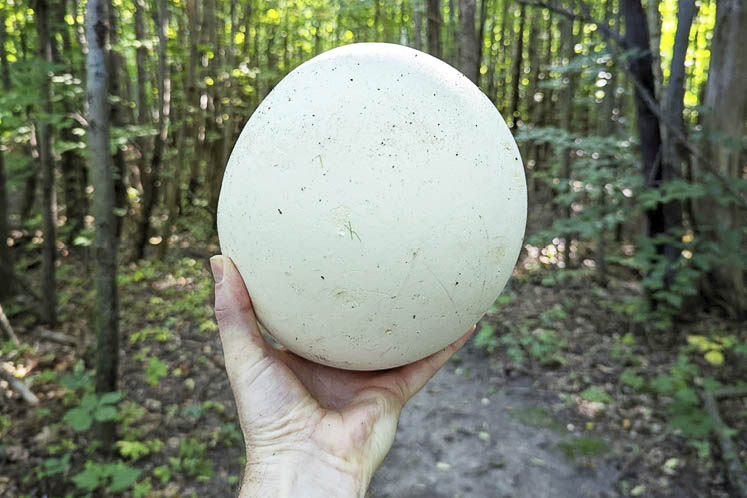
Giant Puffball
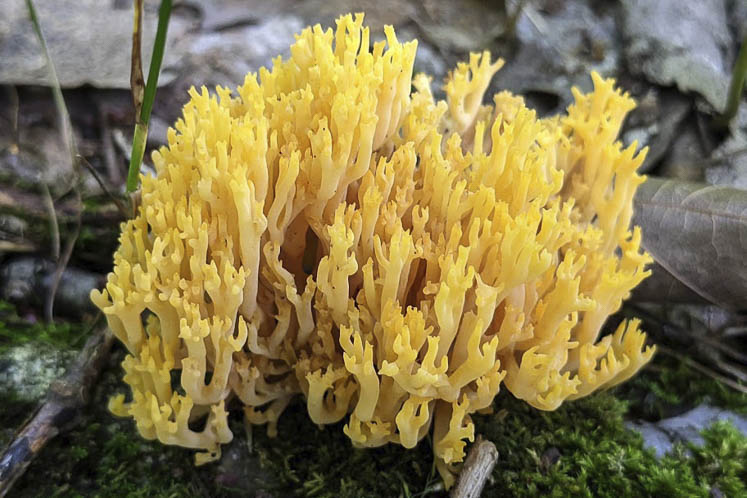
Yellow Coral Fungus
Some entwine and enter tree roots and transmit minerals to the trees. In turn they receive sugars from the trees – the product of photosynthesis. This mutually beneficial exchange has been characterized as “caring” and “sharing.”
But Merlin Sheldrake, author of Entangled Life, cautions us not to project “starry eyed” human values on tree-fungal interactions. After all, the modus operandi of some fungi is to kill trees.
If many plant-fungi relationships appear mutually beneficial you can be sure that, just as some human beings take more than they give or con others to get what they want, this happens in plant – fungal relationships too.
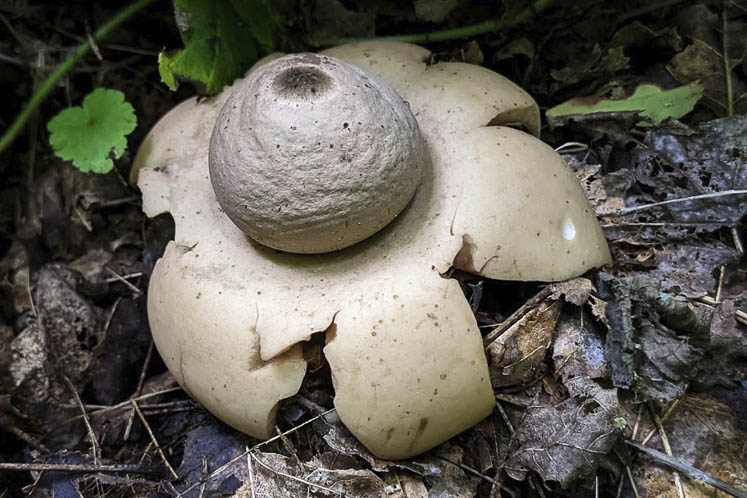
Earthstar
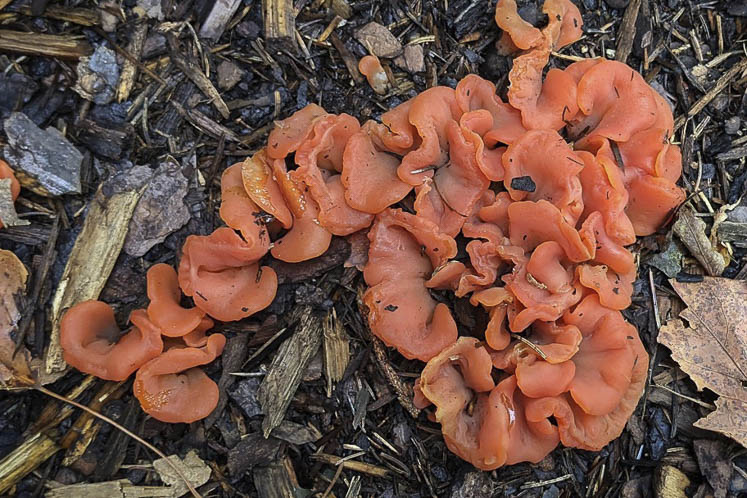
Apricot Jelly
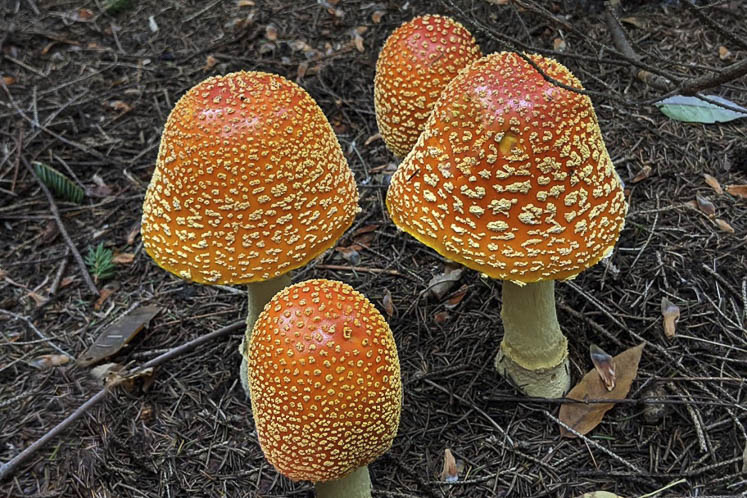
Amanita
Orchids for example, cannot germinate and grow in their infancy without help from fungi. But research suggests that the orchids may give nothing in return.
Fungal-plant interactions is an area ripe for discovery and much of what we learn will, no doubt, astonish us.
Related Stories
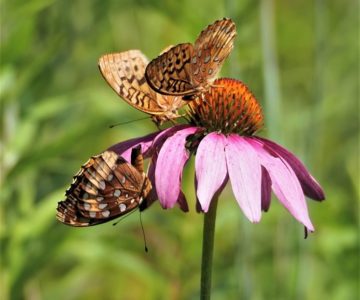
Transforming Turf into a Meadow Ecosystem
Sep 12, 2022 | | Notes from the WildFrom a swath of turf grass came a thriving meadow ecosystem full of wild flowers, pollinators and biodiversity.
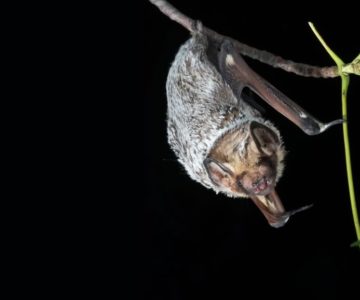
Bats Aided by Citizen Scientists
Aug 8, 2022 | | Notes from the WildBats hunt with their astonishing echolocating ability, sending out pulses of sound and then “reading” the returning echoes for the shape signatures of potential prey.






